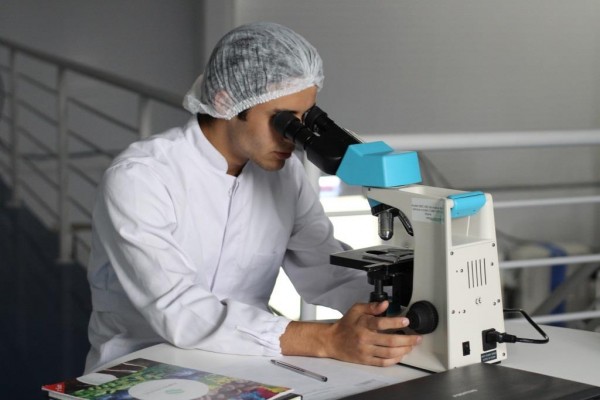Penile Ossification: An Unusual Case Men Should Be Aware Of

According to medical experts, treating penile ossification depends on the degree of corporal calcification, as well as the symptomatology.
Medical reports and research have claimed there are times when "the body grows bone-in parts it shouldn't." For instance, something unusual happened to this 63-year-old man whose bone grew in the penis.
After a fall, the man went through a pelvic X-ray. As a result, based on the case reported and published in the journal Urology Case Reports, the doctors said they discovered an "ossification along the whole shaft of his penis."
Meaning, the man's penis, based on the doctors' finding, "was turning to bone." Specifically, a penile ossification was detected as his disorder.
What happened to the elderly was very rare. According to medical literature, the incident had just less than 40 cases reported. Experts explain that ossification occurs when there is a buildup of calcium salts that leads to the formation of bone.
ALSO READ: Is Your Skin Turning Blue? Here's What You Need to Know
An Unusual Case
Penile Ossification is most typically linked to Peyronie plaque formation although, less typical links have been reported, which included trauma, metabolic disorders, and hemodialysis.
A science research indicated an extraordinary penile ossification case in a patient who had "Peyronie disease." To the researchers' knowledge, theirs is a pioneering case in which there was an IPP or implantation of an inflatable penile prosthesis performed.
In the study, the said team described the patient's comprehensive clinical course. They discussed the assessment, supervision, and modern theories around the subject.
Researchers said they concentrated on reconstructive challenges and crucial deliberations for preoperative advising and "intraoperative pearls."
Treatment
In their report, researchers wrote that treating ossification is based on how severe the condition is. It also relies on the severity of the individual patient's symptoms.
Such symptoms, as indicated in the study, would include "stretching" of the penis, pain relievers, shockwave therapy, vacuum devices, or operation to take out the "calcified tissue."
In the case of this study's subject, the patient reportedly decided to leave the hospital sans a more thorough examination.
What occurred to him was said to be "unknown." However, if the said occurrence developed, the researchers said, they had a feeling, he'd make one more trip and go back to the hospital.
A separate study said, treating penile ossification depends on the degree of corporal calcification, as well as the symptomatology.
Specifically, the said research said, asymptomatic people may be managed through careful observation. At the same time, those feeling specific symptoms may undergo medical treatment or go through surgical removal of their calcified tissue.
DON'T MISS THIS: Can the Human Body Brew Beer? Here's What You Need to Know About Auto Brewery Syndrome
IPP and Its Possible Complications
As mentioned earlier, IPP is a possible option for conditions specifically, of "refractory erectile dysfunction."
Nevertheless, surgeons need to remember that rebuilding, reformation, or reconstruction may lead to additional problems, and affected patients may be brought to higher risks of complications.
Possible complications of IPP may have been carefully studied across the common populace. Most of the patients who necessitate "distal corporoplasty" for future extrusion of IPP cylinder reportedly had "vascular anomalies" or Peyronie disease as to how it is called in the medical field.
The researchers specified, they reported the first use of methods in an individual who had the disorder and suggested the use of "multilayer closure" for protection from destruction.
IN CASE YOU MISSED THIS: Eating Too Much Wasabi Linked to 'Broken-Heart Syndrome': Here Are Some Facts Regarding the Rare Condition
Jul 14, 2020 10:02 AM EDT





